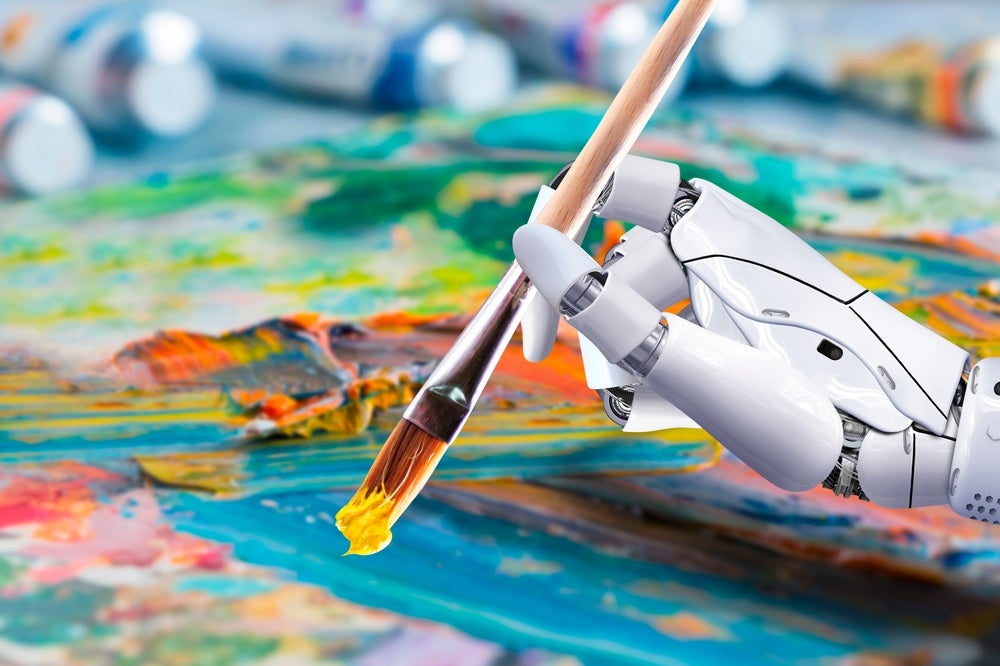OpenAI recently sent shockwaves through the tech world with its announcement of a generative AI tool that can create eerily realistic videos, up to a minute in length, purely from a simple text prompt.
As the development of this technology continues, it is only a matter of time before Sora, or a similar tool produced by a leading tech rival of OpenAI, is capable of converting more extensive text prompts into much longer videos, even more indistinguishable from reality. Could this spell the end for Hollywood?
A game-changer in GenAI
OpenAI went public with its development of Sora in February 2024, posting several clips to X (formerly Twitter) to showcase the level of sophistication the video generation engine has reached.
Among the most impressive and most-talked-about clips were a close-up shot of an old man in a Parisian café, a depiction of California during the gold rush, and a pair of golden retrievers recording a podcast at the top of a mountain. The latter was uploaded by OpenAI CEO Sam Altman, who began taking text prompt requests from followers on X for Sora to convert into video in a display of the AI’s ability and attention to detail.
Currently, there has been no mention of a release date for general use by the public. Access to the technology has so far only been given to ‘red teamers’, to assess weaknesses and potential points of harm or risk, and to a select group of designers, visual artists, and filmmakers for feedback purposes.
AI – not yet the finished article
OpenAI is upfront about the weaknesses that are still present in the technology despite its almost limitless potential. Among the things it may struggle with, OpenAI highlighted the difficulty in “accurately simulating the physics of a complex scene” and understanding specific instances of cause and effect.
How well do you really know your competitors?
Access the most comprehensive Company Profiles on the market, powered by GlobalData. Save hours of research. Gain competitive edge.

Thank you!
Your download email will arrive shortly
Not ready to buy yet? Download a free sample
We are confident about the unique quality of our Company Profiles. However, we want you to make the most beneficial decision for your business, so we offer a free sample that you can download by submitting the below form
By GlobalDataFor example, in one video featuring a cat sitting on a bed next to a stirring human, the cat and the human themselves appear highly realistic, but once they move, the cat develops an extra leg while the human’s hand disappears.
OpenAI also states that spatial details of a prompt can confuse the model, such as mixing up left and right, and that it may struggle with “precise descriptions of events that take place over time.” Nevertheless, the sophistication the technology has reached in such a short space of time (in 2023, a comically distorted clip of Will Smith eating spaghetti was the reference for AI-generated video) is both remarkable and, to some, a cause for concern.
Hollywood shouldn’t worry about AI just yet
The immediate reaction to Sora’s announcement from users of social media platform, X, was one of concern for creative industry workers, specifically those in TV and film. However, while we are bound to see continued progression of AI text-to-video models, there is no danger of the technology replacing everyone’s favourite actors onscreen in the short term. Its current weaknesses render it more suitable for the creation of stock video, rather than the generation of actual film footage.
Furthermore, Hollywood writers and actors already participated in strikes in 2023, in part surrounding the use of generative AI in the writing process and managed to achieve the introduction of regulations governing the extent to which studios can use AI during the writing of a script.
Should text-to-video AI models see further progress to the point where AI versions of film stars appear indistinguishable from the actors themselves, both in appearance and style, the industry will surely move to introduce the relevant regulations to ensure both actors’ and writers’ livelihoods do not come under threat.









Related Company Profiles
X Corp